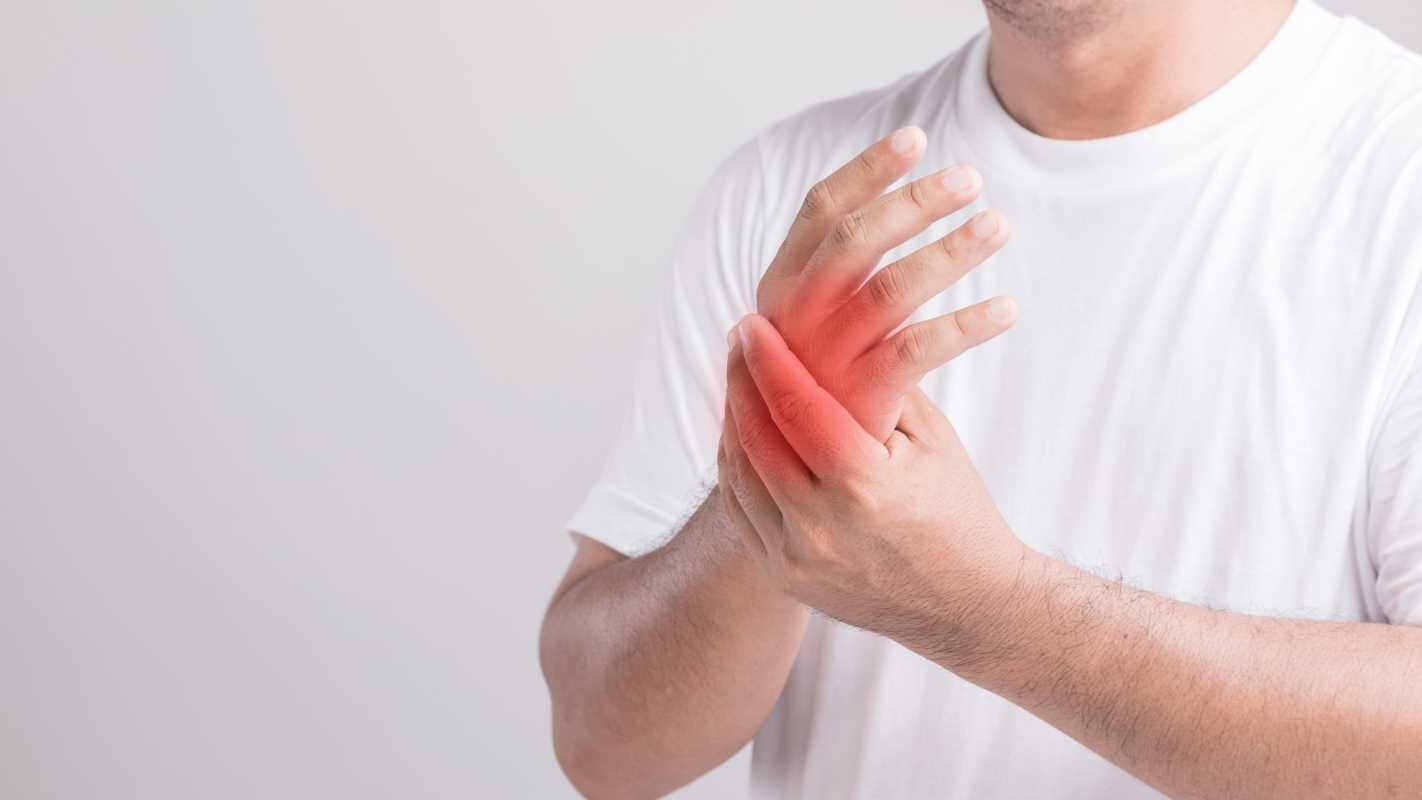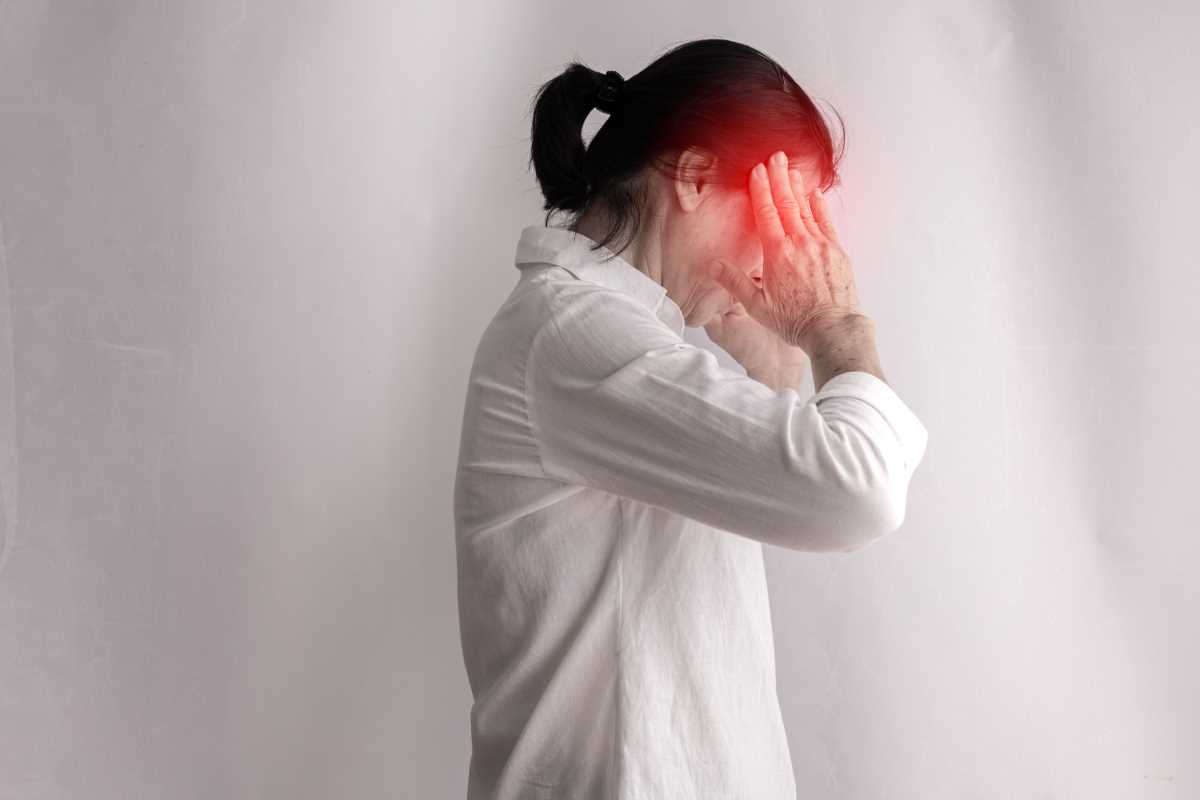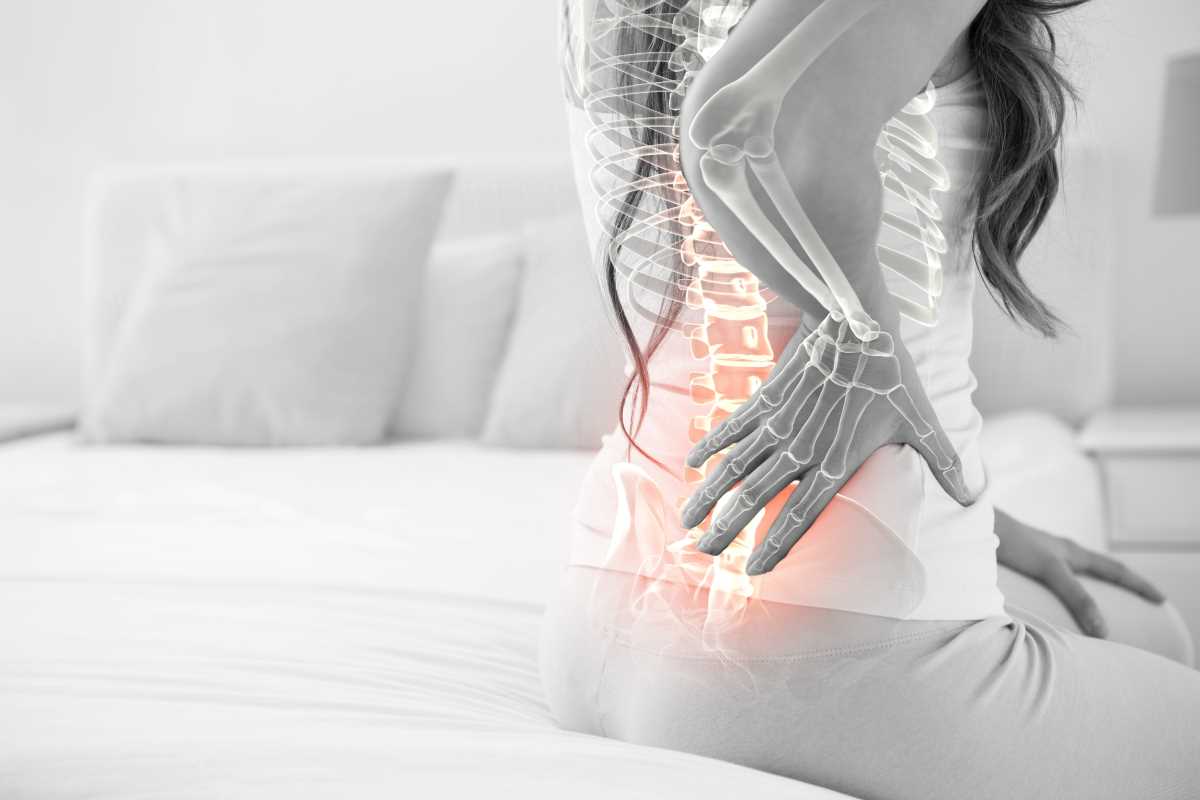If you’ve ever struggled with joint pain, you know how much it can disrupt your daily life. Whether it’s a stiff knee, aching elbow, or sore shoulder, finding relief is key to getting back to the activities you love. Two of the most common and simple methods for easing joint pain are cold and heat therapy. You might be wondering which one works best and when to use them. Don’t worry—we’re here to explain it all. Cold and heat therapy aren’t just for athletes; they’re practical, affordable options for anyone dealing with discomfort. Here’s a breakdown of how they work, when to use them, and tips for safe application.
Understanding Cold and Heat Therapy
Before we discuss which therapy is better for what, it’s important to understand how both work and what they do for your body. Both cold and heat therapy can relieve joint pain, but they do so in very different ways.
Cold Therapy (Cryotherapy)
Cold therapy involves applying a cold substance or device to a painful or inflamed area. This could be anything from an ice pack or frozen gel pack to simply a bag of frozen peas wrapped in a towel. The cold works by reducing blood flow to the area, which helps decrease swelling and inflammation. It also temporarily numbs the area, which can ease pain.
Heat Therapy (Thermotherapy)
Heat therapy, on the other hand, uses warmth to relax muscles and improve blood circulation to the affected area. It can be applied using a heating pad, warm compress, or even a warm bath. The heat works to soothe stiff joints, decrease muscle spasms, and increase mobility by loosening up tight tissues.
The key difference is this:
- Cold therapy reduces inflammation and numbs pain.
- Heat therapy relaxes muscles and improves circulation.
When to Use Cold Therapy
Cold therapy is best for injuries or conditions where inflammation and swelling are a problem. It’s especially effective after an injury when you need to reduce pain and control swelling.
Use Cold Therapy for:
- Acute Injuries: If you’ve just sprained an ankle, strained a muscle, or twisted a joint, cold therapy should be your go-to.
- Swelling: Cold reduces inflammation, which often causes swelling in joints.
- Flare-ups of Chronic Conditions: For conditions like arthritis, cold therapy can help ease sudden pain and swelling.
Tips for Applying Cold Therapy:
- Limit Application Time: Use cold therapy for no more than 15-20 minutes at a time. Longer use can damage your skin or nerves.
- Use a Barrier: Always place a cloth or towel between the ice pack and your skin to avoid frostbite or irritation.
- Rest Between Treatments: Wait at least 45 minutes to an hour before reapplying cold therapy to give your skin a chance to recover.
Cold therapy might not be ideal for people with certain conditions like poor circulation or sensitivity to cold, so always check with your doctor if you’re unsure.
When to Use Heat Therapy
Heat therapy works wonders when it comes to chronic pain or stiffness, especially in joints or surrounding muscles. It’s ideal for loosening things up and promoting flexibility.
Use Heat Therapy for:
- Chronic Joint Pain: Conditions like osteoarthritis, where stiffness is a major issue, benefit greatly from heat.
- Muscle Tension: Heat helps relax tight muscles that often contribute to joint discomfort.
- Before Activity: Applying heat before physical activity can help loosen up stiff joints, making movement more comfortable.
Tips for Applying Heat Therapy:
- Targeted Heat: Use a heating pad, warm compress, or even a hot water bottle to focus on specific areas.
- Use Moist Heat: Moist heat, like a warm towel, tends to penetrate deeper than dry heat and may provide better relief.
- Don’t Overheat: Avoid extremely high temperatures to prevent burns. The heat should feel warm and comfortable, not hot or painful.
Similar to cold therapy, it’s best to limit heat therapy sessions to about 20 minutes at a time, especially for high-heat sources. And if you have a medical condition like diabetes or nerve damage, talk to your doctor to ensure heat therapy is safe for you.
What About Combination Therapy?
Can you use both cold and heat therapy? Absolutely! For certain conditions, alternating between cold and heat, often called contrast therapy, can be very effective. For example, if you have a swollen joint from arthritis but also experience muscle stiffness around it, you might try cold therapy first to reduce swelling, followed by heat therapy to relax the tissues.
How to Alternate Cold and Heat:
- Start with cold therapy for 10-15 minutes.
- Give your skin a break for about 30 minutes.
- Apply heat therapy for another 10-15 minutes.
Always monitor how your body reacts and stop if you experience increased discomfort or irritation.
Benefits of Cold and Heat Therapy
Both cold and heat therapy have unique benefits that make them effective for different types of joint pain. Here’s a quick summary:
Benefits of Cold Therapy:
- Reduces inflammation and swelling
- Numbs pain for quick relief
- Prevents further tissue damage by slowing blood flow
Benefits of Heat Therapy:
- Improves blood flow and circulation
- Loosens stiff joints and tight muscles
- Promotes relaxation and overall comfort
By understanding what each therapy does, you can choose the right method for your situation and maximize the benefits.
Risks and Considerations
While cold and heat therapy are generally safe, there are some precautions to keep in mind to ensure you use them properly.
Risks of Cold Therapy:
- Prolonged exposure can cause frostbite or skin damage.
- People with circulatory issues, like Raynaud’s disease, should avoid cold therapy unless directed by a doctor.
- Never apply ice directly to your skin; use a towel or cloth as a barrier.
Risks of Heat Therapy:
- Using heat that’s too hot can cause burns or irritate your skin.
- Avoid heat therapy if the area is swollen or inflamed, as it can make these symptoms worse.
- Don’t fall asleep with a heating pad on, as this can lead to overheating or burns.
Both therapies require you to listen to your body. If you notice worsening symptoms, unusual skin changes, or if the pain persists, stop the treatment and consult your healthcare provider.
 (Image via
(Image via





